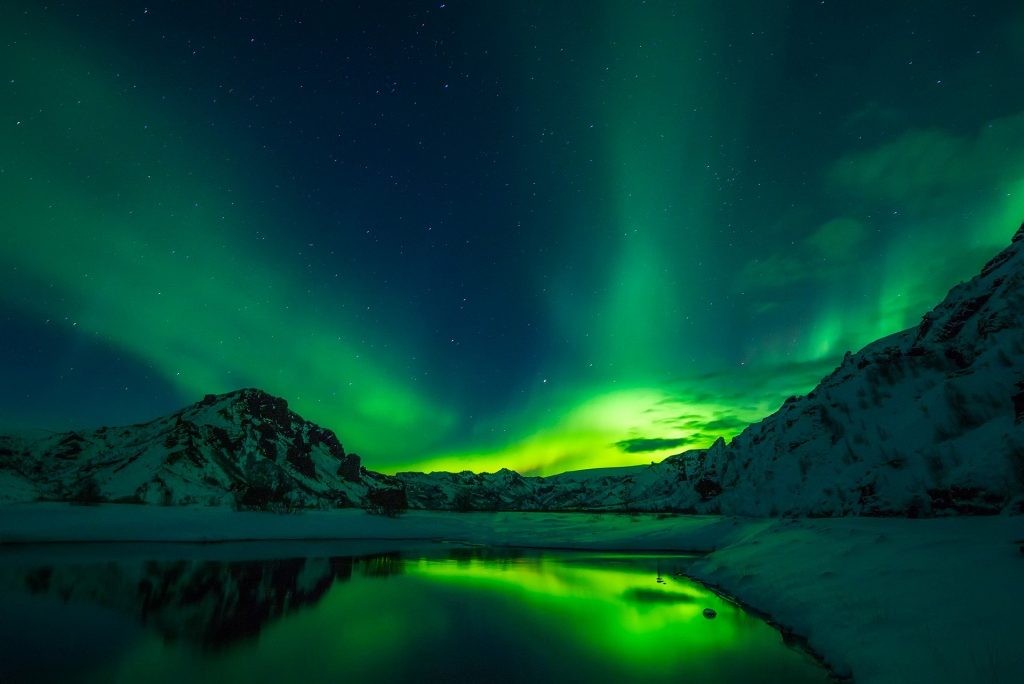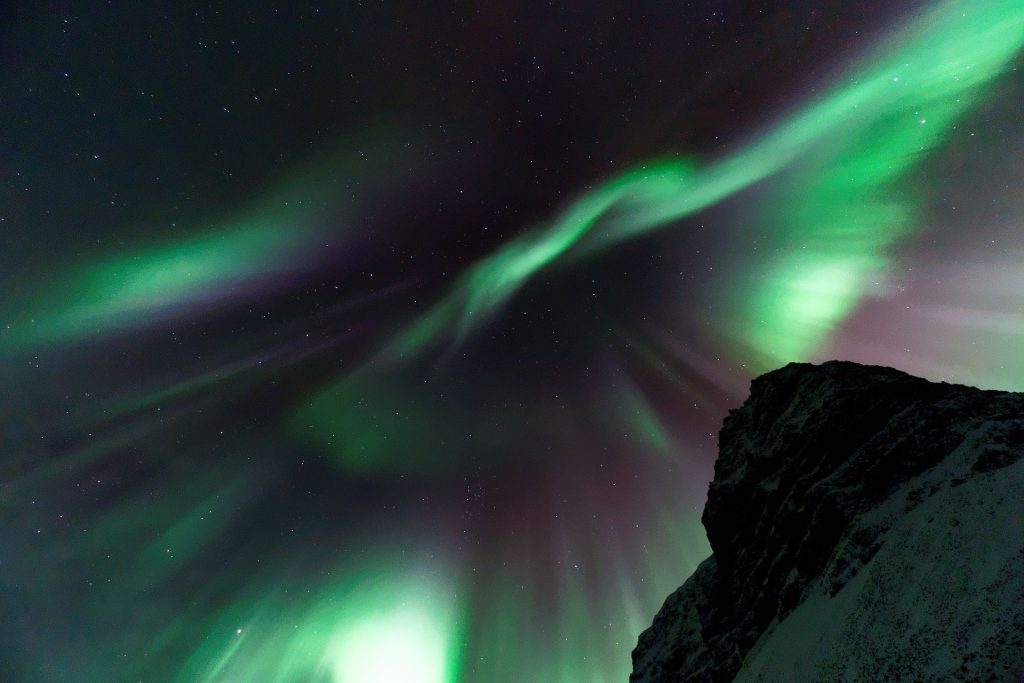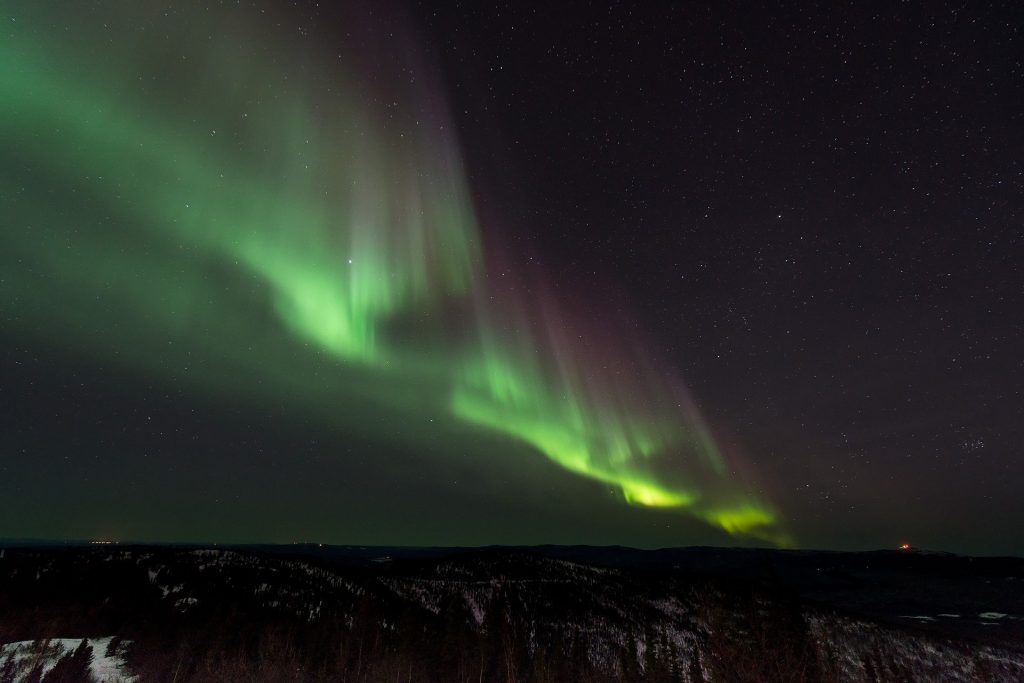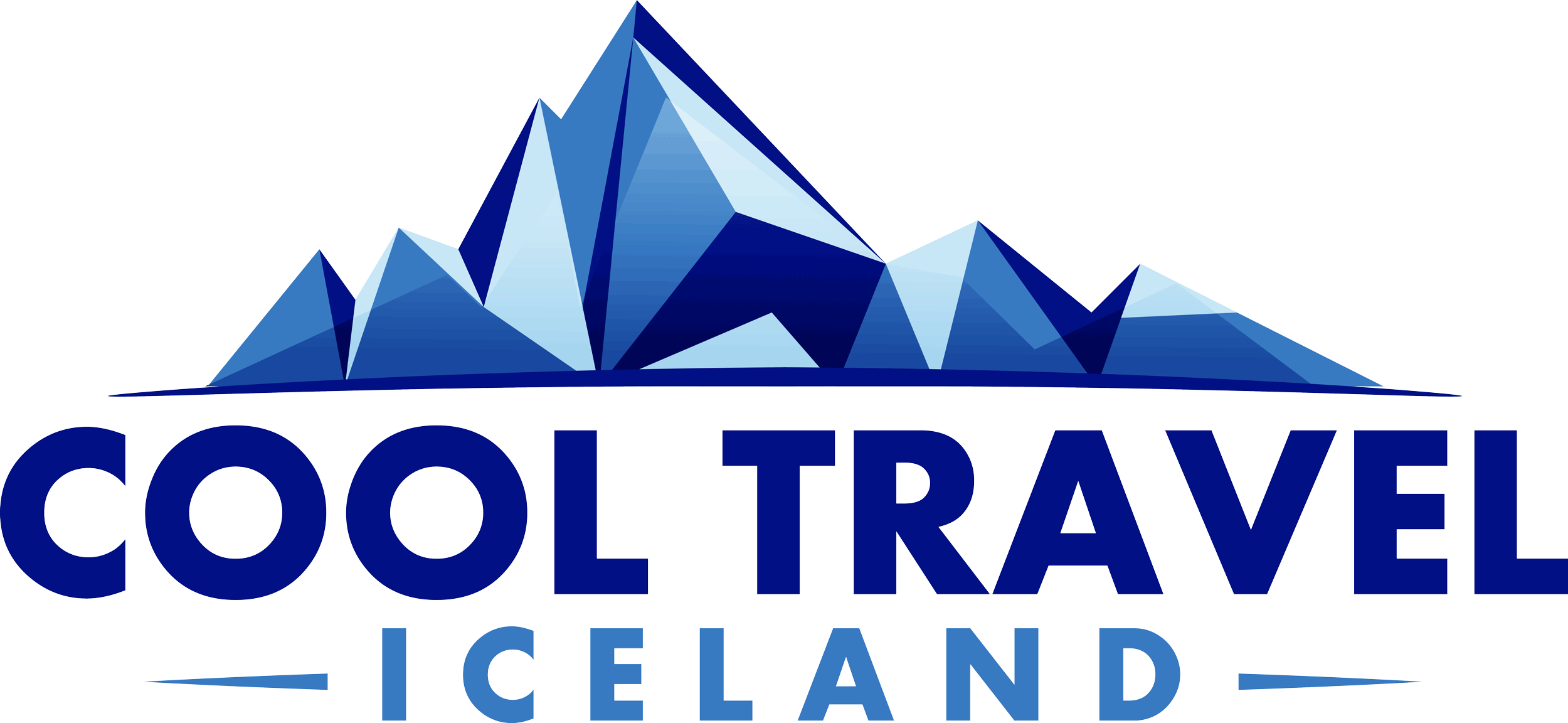
When trying to photograph any natural phenomenon, the first thing you need is patience. And this goes double for the Aurora Borealis — also known as the Northern Lights. One of the world’s most impressive spectacles. Iceland is perhaps one of the most famous places in the world for seeking out the Northern Lights. This is why we felt it was appropriate for us here at Cool Travel Iceland to offer our own advice for photographers hoping to snap this stunning natural light show. If anything in this guide inspires you to plan a trip, check out our range of Iceland Day Trips and Private Iceland Tours.
First Step: Finding the Aurora Borealis

While it would probably be better if the Northern Lights were easy to find, they might lose some of their appeal if this were the case. There’s an elusive mystery to the Aurora that pulls people to the Arctic Circle from all over the world. While most people who know where (and how) to look for the Aurora will find it, some leave disappointed. This is because the lights can’t be accurately predicted. There are several things you can do, however, to greatly increase the chance that you’ll spot the lights when you visit…
Visit Iceland at Winter
Iceland is a very appropriate name for our island as it has more than its fair share of ice. With 269 officially named glaciers and particularly cold winters, it really is the land of ice. However, if you’re happy to put on a few layers and be careful, then winter in Iceland has a lot to offer. And the best part about spending winter in Iceland is that it is the only time of the year when you can see the Northern Lights. As you need sufficient darkness in order to see the lights, you can usually only see the Aurora in Iceland between September and mid-April.
Choose a Location Away from Reykjavik
It’s really not hard to get away from civilisation in Iceland. In fact, most of our island is uninhabited. This is definitely a bonus when hunting for the Northern Lights as you get the best views when away from any light pollution associated with towns and cities. Different tour guides and experts have their own ideas about the best places to spot the Aurora Borealis, and it’s always good to listen to locals. However, rather than listing several out-of-the-way places you should try, we’d just like to recommend any remote location with zero artificial light. Keeping an eye on Twitter with the #auroraborealis is also a good way to react to any reports of particularly good views of the lights as and when they present themselves. Just be very careful when driving on the winter roads. If in doubt, it is better to rely on local professional drivers.
Photography Advice for Capturing the Aurora Borealis

So, you’ve taken all of the relevant advice and finally find yourself standing somewhere in Iceland at night in the winter, staring up at the breath-taking Aurora Borealis. Now you actually have to take a few good photographs of it… This is surprisingly tricky for some people, depending on which camera equipment you use. You will find so much different advice on how to best capture the Aurora — some of the advice is even contradictory. We aren’t photography experts, so we will refrain from getting too technical. However, there are some reasonably simple things to keep in mind if you want to take great photos of the natural world’s greatest lightshow…
Camera Settings When Shooting the Aurora Borealis
First off, it’s important to recognise that there are far too many different kinds of cameras out there to be able to offer advice that applies to every different machine. With this in mind, we encourage you to experiment and to try different settings and techniques to see what works for your camera. Disclaimer stated, here are a few settings to consider:
Keep ISO settings low as this will reduce the amount of noise in your shots. However, if the Aurora Borealis is particularly dim, you may need to raise the ISO until you get the desired result.
You will usually want the aperture as wide as it goes to allow as much light as possible into your camera. A wider aperture will result in much more vivid colours.
Autofocus can really struggle in the dark, with nothing to grab on to. You will get much better results if you manually change the focus, taking shots and judging which looks best.
Shutter speed is the last thing to consider when capturing the Aurora Borealis. You will need to react to your conditions as sometimes the lights are fast and flickering — other times they flow slowly through the sky. If the lights are moving slowly, lower your shutter speed and experiment with several shots until you find the right speed. If the lights are fast, you will need to raise the shutter speed in order to capture them.
Camera Gear for Shooting the Aurora Borealis
Setting yourself up for the best photos means being prepared with the right type of equipment. One of the most important pieces of camera gear you will want for your Northern Lights photoshoot is a tripod. Without a tripod, you will struggle to capture this magical moment.
There are so many travel-friendly, lightweight tripods out there that are very affordable. Keep in mind, however, that a more durable tripod can serve your needs better on our uneven terrain and in the winter climate. If you’re keen to capture the best photos of the Aurora Borealis, then a high-quality tripod is highly recommended!
If you’re wondering whether it’s worth it to travel all the way to Iceland in the winter to photograph this hard-to-shoot atmospheric phenomenon… Then we can say with confidence that it absolutely is worth it. As incredible as many of the photographs are, no image of the Aurora Borealis is half as enchanting as actually being here yourself. We hope we’ve helped a few readers begin to plan their dream Northern Lights trip in Iceland. If you’d like to arrange a visit to Iceland to see the Aurora Borealis and you have a few questions about our range of tours, please don’t hesitate to get in touch.
